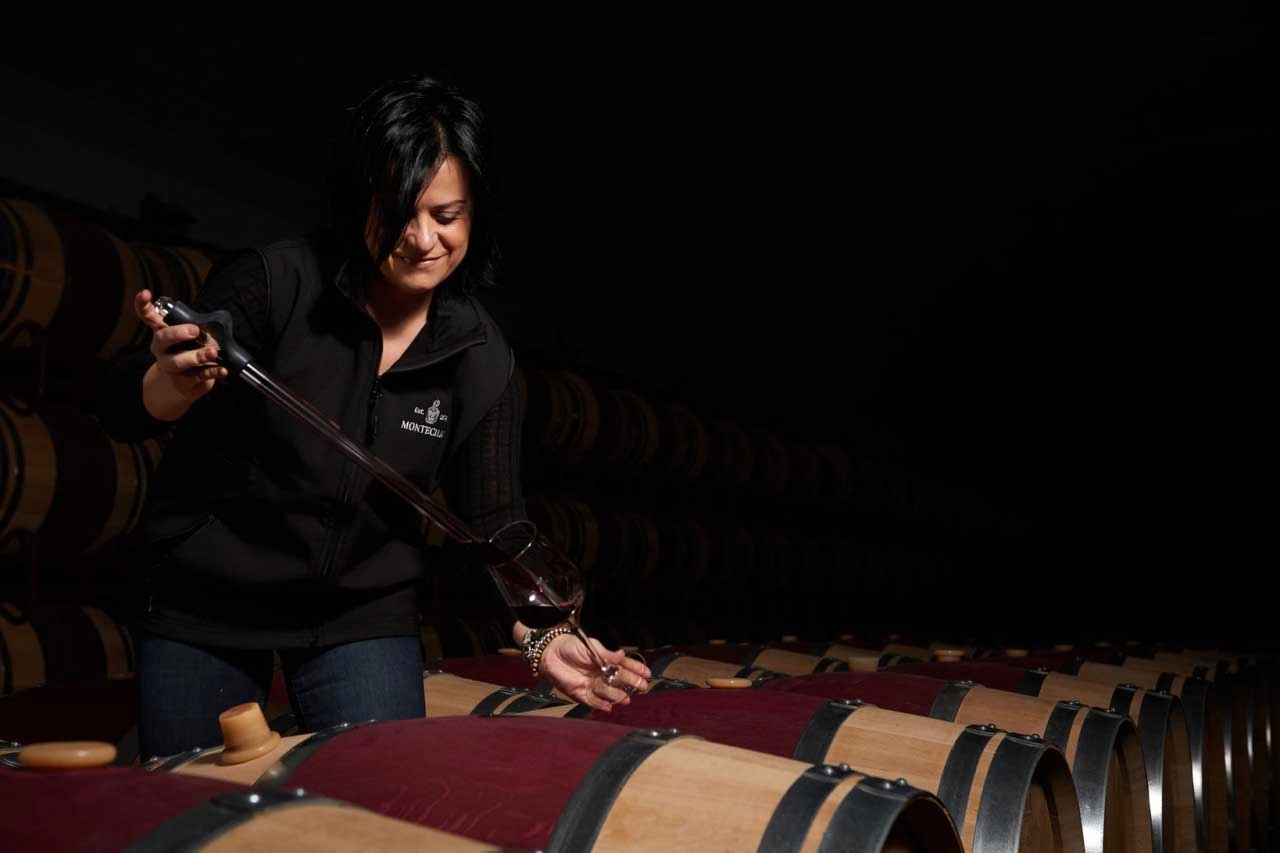Having spoken about how the world’s most influential wine guide operates, today we are going to cover the measurement systems that other guides use, and we will also discuss the operation of certain national and international wine competitions and their repercussions.
Because, just like for cinema (the Oscars), literature (The Nobel or Planeta Prize) and music (the Grammys), there are also prizes and competitions in the world of wine
Although less famous, we should not underestimate their importance, as, for example, to successfully export wine to Asian countries it is vital to have stood out in one of the following competitions:
The most important one, is undoubtedly, Decanter, created by the specialist magazine of the same name, in the UK. The hundreds of wines that they receive every year must first pass a preliminary evaluation to go through to the official selection (like in the cinema festivals).
The jury is composed of winemakers, distributors, wine journalists, Masters of Wine and Master Sommeliers. The medals are divided between Platinum, Gold, Silver and Bronze, with the possibility of awarding multiple medals in each category. There are also «recommended» wines, which have no medal or mention, but can be identified by a blue coloured sticker.
Other similar, also British, awards are the International Wine Challenge (IWC), which, for the first time, celebrated a Spanish-only edition in a gala dinner held in Madrid last October. The difference between this and the previous one is that in this case, there is only one winner among various nominees.
One that you will have seen many times in the form of stickers on bottles is the Concours Mondial de Bruxelles Wine Competition, the self-proclaimed World Wine Championships, also with various winners in each category.
Limiting ourselves to a Spanish-only competition, the most prestigious and the only one recognised by the OIV (Organización Internacional de la Viña y el Vino) is Bacchus Internacional, given by the Unión Española de Catadores (UEC), and, at least, a hundred professional tasters. It takes place in Madrid, over four days, with its distinctions being: Gran Bacchus de Oro, Bacchus de Oro and Bacchus de Plata.
In terms of the industry, this is, more or less, the panorama.

We must insist that today, scores, or competition results, have a direct effect on the sales, prices and prestige of wineries all over the world, therefore it is worth going back now and analysing other practices of guides, aside from those already mentioned.
Because there are others aside from the 100-point system. Without going further, the 20-point system developed by Californian academics was not aimed at the final consumer, but rather it was a technical exercise to create the most objective evaluation system possible.
This is why they created the so-called «Davis Sheet» which bases itself fundamentally on objective aspects of the wine and not so much on the opinion that it merits, making it more a system for detecting defects in the aspect, acidity, astringency and similar of the wine, rather than praising it.
This is how everything really started but now there is no doubt that the scores given by the key publications or more relevant competitions like those already mentioned are not as systematic as these academics aimed for, but rather much more subjective, reflecting the tastes of each taster. And they don’t hide it.
In fact, this is the most valued aspect; the person putting their name to the tasting is involved, deliberating and evaluating each wine through their personal taste.
Returning to the so-called European 20-points system, the French ‘Gault-Millau’ guide introduced it many years ago (1970) before anyone used numbers give scores to the final consumer. In fact they also applied it to restaurants.
It goes as follows:
19 or 20: An extraordinary, world class wine.
18 or 17: A great wine.
16 or 15: A very good wine.
14 or 13: A good wine, above average.
12, 11 or 10: An acceptable wine.
We can see that with such different systems it can be rather complicated to align the scores.
But of course there are non-numerical formulas with criteria that are less scientific that use different symbols (stars, grapes, glasses…etc.)
Then, there are voices of criticism, as given that we are talking about subjective opinions, there is no reason to say that someone’s tastes are better than our own, stopping each consumer from exploring for themselves. You could miss out on the great sensory adventure of investigating, trying and reflecting on what you like, and exploring your likes further, without losing the opportunity of discovering new wines from more regions, climates and countries.
Really, this is what we are in most agreement with at Montecillo, without putting you off from consulting manuals or lists of winners, put their scores into perspective and never take them more seriously than your own palate, there is no ranking that knows more about your taste than you do.
Responsible: GRUPO OSBORNE S.A.
Purpose: Attention of consultations and sending information.
Rights and additional information: You can exercise your rights regarding the processing of data and obtain additional information in the privacy policy of our website.
